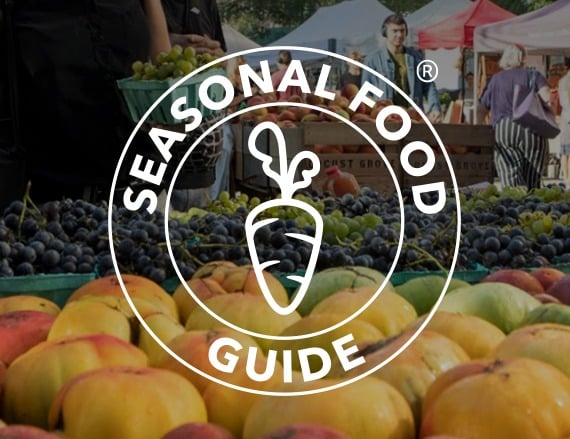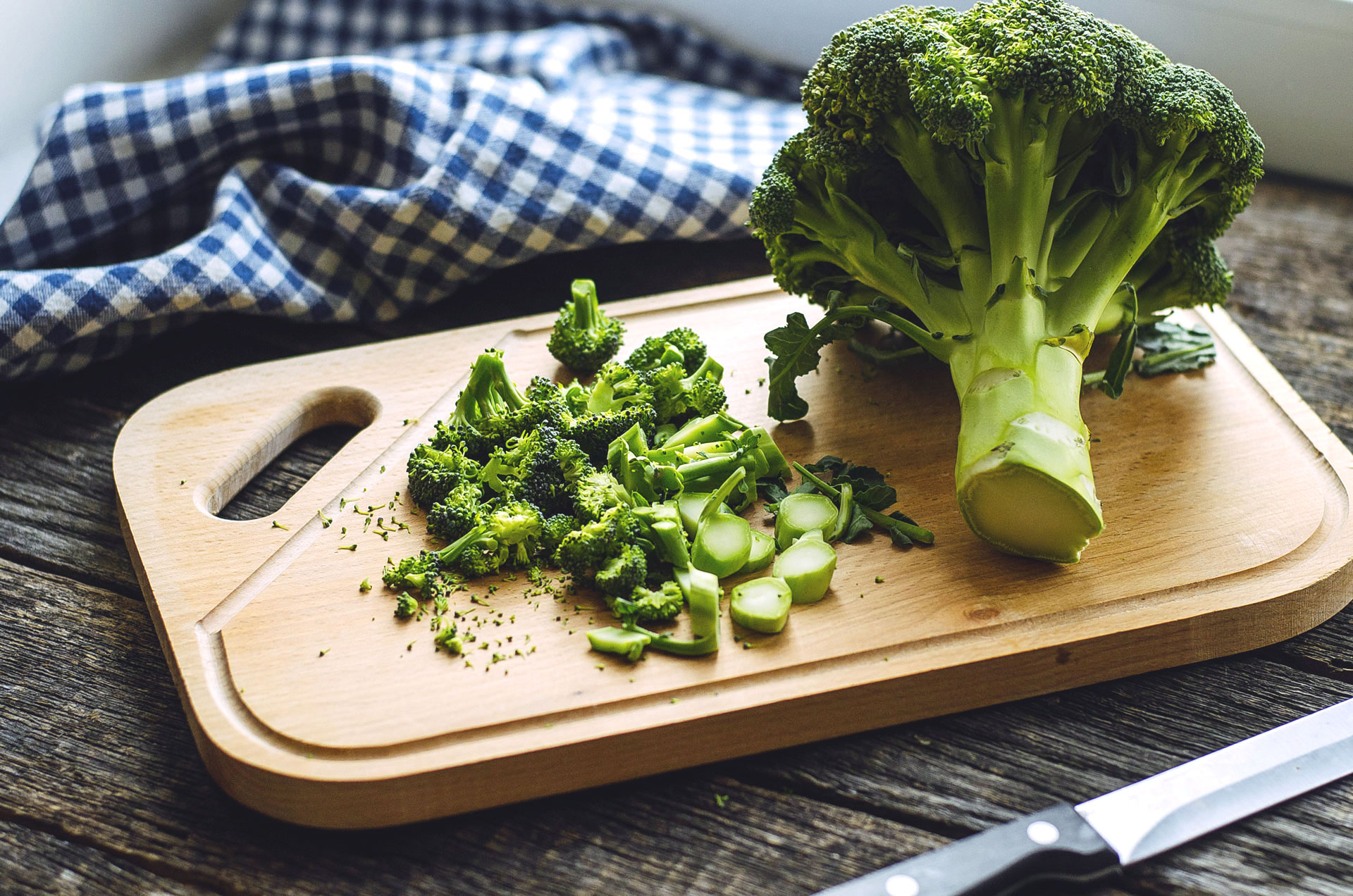Real Food Encyclopedia | Cauliflower
We could eat a big bowl of crispy cauliflower and be quite content with life. But — considering the importance of including a rainbow selection of vegetables on one’s dinner plate — something so conspicuously devoid of color may seem less-than-nutritious, the Wonder Bread of the vegetable world.
In fact, perhaps surprisingly, the opposite is true. Cauliflower (Brassica oleracea) is stealthily packed with nutrients and enough Vitamin C to rival an orange. Not bad for something Mark Twain once described as “cabbage with a college education.”
Fun facts about cauliflower:
- Other cultivars in the same Brassica oleracea species include broccoli, Brussels sprouts, cabbage, collard greens and kohlrabi.
- Cauliflower is technically a flowering plant. However, the cauliflower we eat is harvested well before it blooms. The head of a cauliflower, tight clusters of undeveloped floral tissue and stems, is also known as the curd.
- When cultivating cauliflower, its broad leaves are traditionally pinned over its newly formed head — a process known as blanching that gives white cauliflower its characteristic color and mild flavor. Sun exposure can turn the head yellow or brown, and changes in temperature can cause bitterness.
What to look for when buying cauliflower
Look for an even color — cauliflower bruises easily — and a tightly packed head. In addition to the standard white, cauliflower also comes in purple, orange and green varieties.
Sustainability of cauliflower
Pesticides
According to the Environmental Working Group’s 2023 Shopper’s Guide to Pesticides in Produce, cauliflower ranks 31 of 46 fruits and vegetables tested — barely missing the “Clean 15” list, but still of less concern than other conventional produce. Still, industrially grown vegetables, including some cauliflower, often rely on overuse of pesticides and chemical fertilizers. An alternative is to seek out organic cauliflower, especially at your local farmers’ market.
Seasonality
Typically planted in the spring and early summer, cauliflower is in season from late summer through the fall. It can be overwintered — cultivated during the colder winter months for a spring harvest — provided it is protected from freezing.
Geography
According to data from the U.N. Food and Agriculture Organization, which considers cauliflower and broccoli production together, China and India are the world’s top producers, with the U.S. a close third. As is the case with many varieties of produce, California leads the country in cauliflower production — producing around 90 percent of the total supply — as its warm, consistent climate allows for year-round cultivation. Nearby Arizona also produces a respectable crop.
Eating cauliflower
Storing
Cauliflower will keep for a few weeks if kept dry and covered in the refrigerator. If uncovered, cauliflower will start to wilt after a few days.
Cooking
To cook, use a paring knife to remove the florets from the stalk. If you are concerned about worms or insects hanging out in your organic cauliflower, soak the head in salt water for 30 minutes before cooking, then rinse with cool water.
Boiling, steaming, braising and roasting are some of the many simple ways that cauliflower can be prepared. For an easy roast cauliflower, we like to blanch the florets for a few minutes, then toss with sea salt and olive oil. Transfer to a baking dish and roast at 425 F for about 10 minutes, until golden brown — though if you’re not afraid of leaving in the oven a little longer, a little bit of char lends a nice, nutty flavor. Cauliflower can also be roasted whole.
Other typical preparations include aloo gobi, cauliflower pasta with raisins and pine nuts, creamy cauliflower soup and the British classic called, simply, cauliflower cheese. More modern inventions include cauliflower as pizza crust, rice substitute or crispy canvas for Buffalo sauce.
Preserving
Cauliflower pickles beautifully, as in a classic escabeche or giardiniera. Try this fun recipe for lemony pickled cauliflower or give lacto-fermentation a shot. Cauliflower also freezes well: Break the head into individual florets and blanch, then freeze in a single layer before moving to an airtight container.
Nutrition
Cauliflower is packed with Vitamin C: One cup of raw cauliflower provides more than half of your daily recommended value. It also has a good amount of potassium and fiber.
Top photo by richardcoombs58/Twenty20.


